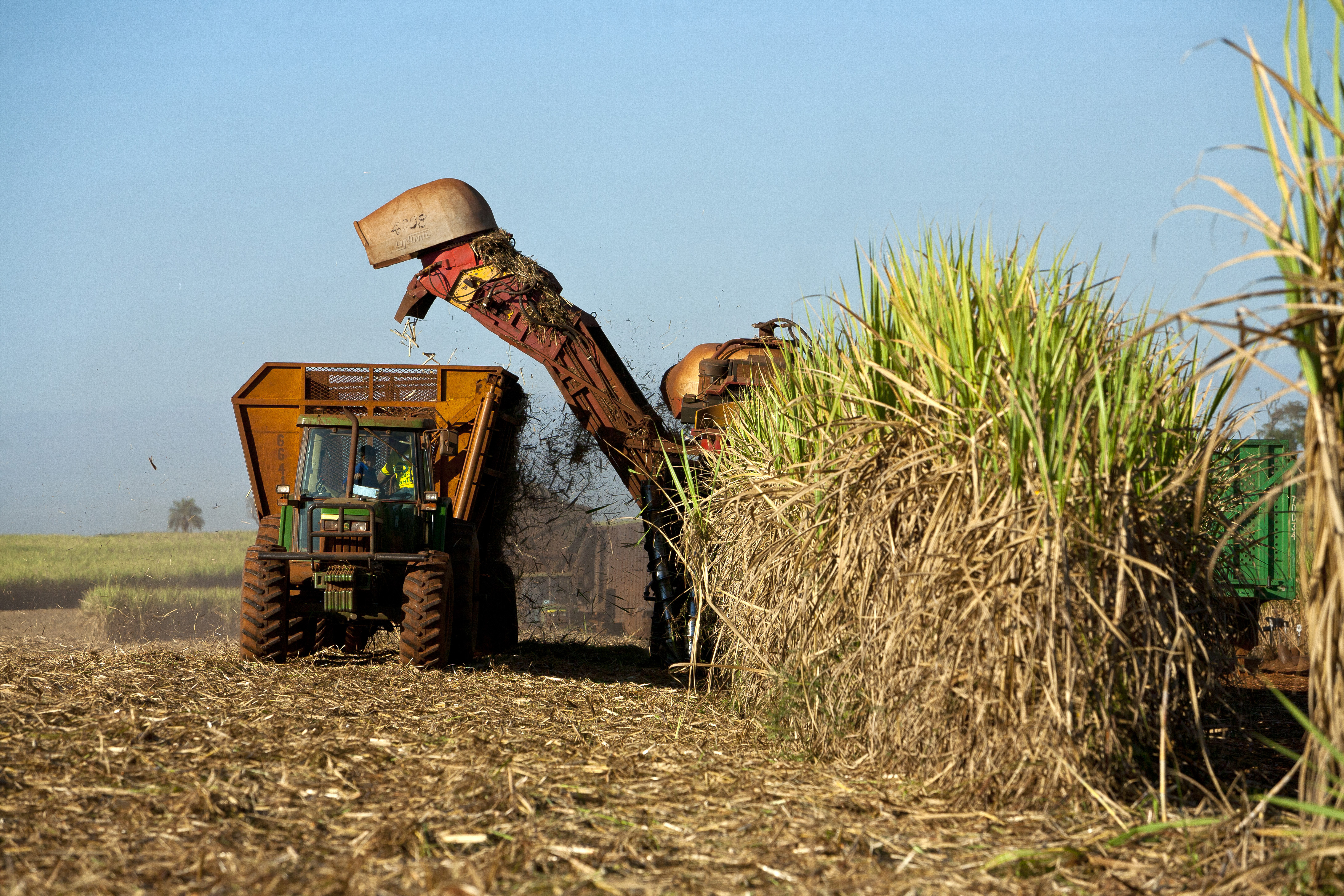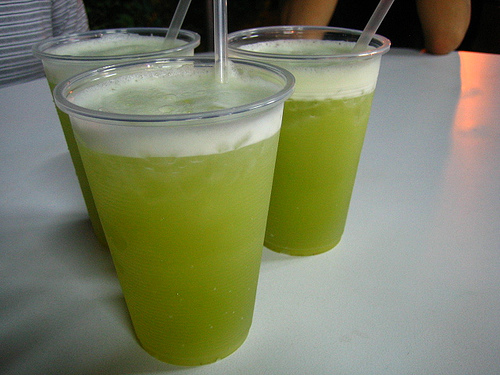|
Indian Drinks
With a Climate of India, climate as varied and extreme as India, the people require a myriad options to keep their thirst appropriately quenched according to the weather conditions, varying from steaming hot drinks during winters to frosty cold drinks in summers. Different regions in the country serve drinks made with an eclectic assortment of ingredients including local spices, flavors and herbs. Available on the streets, as well as on the menus of posh hotels, these drinks add to the flavorful Indian cuisine, cuisine of India. Consumption statistics by drink type This is the consumption of drinks per capita per year in India in 2021 by drink type, excluding water and juices.India consumption of beverages by type , Statista., accessed 10 July 2021. Assor ...
|
Mosambi Juice
''Citrus limetta'', alternatively considered to be a cultivar of ''Citrus limon'', ''C. limon'' 'Limetta', is a species of ''citrus'', commonly known as mousami, musami, mosambi, sweet lime, sweet lemon, and sweet limetta, it is a member of the sweet lemons. It is small and round like a common lime in shape. It is a cross between the citron (''Citrus medica'') and a bitter orange (''Citrus'' × ''aurantium''). It is native to southern regions of Iran and also cultivated in the Mediterranean Basin. It is a different fruit from the Palestinian sweet lime and from familiar sour lime (fruit), limes such as the Key lime and the Persian lime. However, genomic analysis revealed it to be highly similar to the Rhobs el Arsa, and the two likely represent progeny of distinct crosses of the same citrus parents. The South Asian cultivars originated in Mozambique and were brought to South Asia by the Portuguese. The common name musambi and its variants trace their origin to Mozambique. Name ... [...More Info...] [...Related Items...] OR: [Wikipedia] [Google] [Baidu] |
Buransh
''Rhododendron'' (; : ''rhododendra'') is a very large genus of about 1,024 species of woody plants in the heath family (Ericaceae). They can be either evergreen or deciduous. Most species are native to eastern Asia and the Himalayan region, but smaller numbers occur elsewhere in Asia, and in North America, Europe and Australia. It is the national flower of Nepal, the state flower of Washington and West Virginia in the United States, the state flower of Nagaland and Himachal Pradesh in India, the provincial flower of Jeju Province in South Korea, the provincial flower of Jiangxi in China and the state tree of Sikkim and Uttarakhand in India. Most species have brightly coloured flowers which bloom from late winter through to early summer. Azaleas make up two subgenera of ''Rhododendron''. They are distinguished from "true" rhododendrons by having only five anthers per flower. Etymology The common and generic name comes . Description ''Rhododendron'' is a genus of shrubs ... [...More Info...] [...Related Items...] OR: [Wikipedia] [Google] [Baidu] |
Kanji (drink)
Kanji is a fermented drink, originating from the Indian subcontinent, made in India for the festival of Holi. Kanji is made with water, black carrots, beetroot, mustard seeds and heeng. It may be served with boondi sprinkled on top. Nutritionally, kanji is high in antioxidants. Eleven strains of probiotic Probiotics are live microorganisms that provide health benefits when consumed, generally by improving or restoring the microbiota in the gut. Probiotics are considered generally safe to consume, but may cause bacteria– host interactions ... bacteria have been isolated from kanji, with the strain '' Pediococcus acidilactici'' genotypically characterised with high growth potential. See also * List of Indian beverages * Şalgam * Kanji (food) References Indian drinks Holi Uttar Pradeshi cuisine {{india-cuisine-stub ... [...More Info...] [...Related Items...] OR: [Wikipedia] [Google] [Baidu] |
Jamun
''Syzygium cumini'', commonly known as Malabar plum, Java plum, black plum, jamun, jaman, jambul, or jambolan, is an evergreen tropical tree in the flowering plant family Myrtaceae, and favored for its fruit, timber, and ornamental value. It is native to the Indian subcontinent and Southeast Asia. It can reach heights of up to and can live more than 100 years. A rapidly growing plant, it is considered an invasive species in many world regions. ''Syzygium cumini'' has been introduced to areas including islands of the Pacific and Indian Oceans, Australia, Hong Kong and Singapore. The tree was introduced to Florida and is commonly grown in tropical and subtropical regions worldwide. Its fruits are eaten by various native birds and small mammals, such as jackals, civets, and fruit bats. Description Its dense foliage provides shade and is grown just for its ornamental value. At the base of the tree, the bark is rough and dark grey, becoming lighter grey and smoother higher up. Th ... [...More Info...] [...Related Items...] OR: [Wikipedia] [Google] [Baidu] |
Kahwah
Kahwah (also transliterated as qehwa, kehwa or kahwa) is the traditional preparation of green tea (''Camellia sinensis'') widely consumed in India, Pakistan, Afghanistan, and some regions of Central Asia. Preparation Kashmiri kahwah is made by boiling green tea leaves with local saffron, cinnamon, cardamom,ginger,cloves and occasionally Kashmiri roses. It is generally served with sugar or honey and crushed nuts, usually almonds or walnuts. Some varieties are made as a herbal infusion only—without the green tea leaves. Traditionally, kahwah is prepared in a copper kettle known as a samovar. A samovar, which originates from Russia, consists of a fire container running as a central cavity, in which live coals are placed to keep the tea warm. Around the fire container there is a space for water to boil and the tea leaves and other ingredients are mixed with the water. Kahwah may also be made in normal pots and kettles, as modern day urban living may not always permit the use ... [...More Info...] [...Related Items...] OR: [Wikipedia] [Google] [Baidu] |
Jigarthanda (drink)
Jigarthanda is a cold beverage from the South Indian city of Madurai . It translates to "cool heart" ("jigar" is a metaphor for heart in Persian (literal meaning "liver"), "thanda" means "cold") in English, implying that the drink’s cooling effect will be felt right down to one’s heart. It is generally prepared and served at roadside stalls as a refreshment during the Indian summer. The basic ingredients include milk, almond gum, sarsaparilla root syrup, sugar and ice cream Ice cream is a frozen dessert typically made from milk or cream that has been flavoured with a sweetener, either sugar or an alternative, and a spice, such as Chocolate, cocoa or vanilla, or with fruit, such as strawberries or peaches. Food .... See also * List of Indian beverages References Indian drinks Madurai {{india-cuisine-stub ... [...More Info...] [...Related Items...] OR: [Wikipedia] [Google] [Baidu] |
Jal-jeera
Jal-jeera is an Indian beverage. It is flavored with a spice mix known as jal-jeera powder. In Hindi, "jal" means water and "jeera" means cumin. The beverage base is either lemonade or similar tangy drinks and jaljira spices, and is a popular summer drink in India. It is sometimes served as an appetizer, as it is intended to "startle" the taste buds. Jaljira spices generally consist of cumin, ginger, black pepper, mint, black salt, some fruit powder (usually either mango, or some kind of citrus zest), and chili or hot pepper powder. History and culture Jaljeera has a very long history, originating on the banks of the Ganges river. At one time, the powder was ground on stone slabs, and stored in clay pots. The cumin is a medicinal ingredient which aids digestion. The mint Mint or The Mint may refer to: Plants * Lamiaceae, the mint family ** ''Mentha'', the genus of plants commonly known as "mint" Coins and collectibles * Mint (facility), a facility for manufacturing c ... [...More Info...] [...Related Items...] OR: [Wikipedia] [Google] [Baidu] |
Jaggery
Jaggery is a List of unrefined sweeteners, traditional non-centrifugal cane sugar consumed in the Indian subcontinent, Southeast Asia, North America, Central America, Brazil and Africa. It is a concentrated product of Sugarcane juice, cane juice and often Date (fruit), date or Arecaceae, palm plant sap, sap without separation of the molasses and crystals, and can vary from golden brown to dark brown in colour. It contains up to 50% sucrose, up to 20% invert sugars, and up to 20% moisture, with the remainder made up of other insoluble matter, such as wood ash, proteins, and bagasse fibres. Jaggery is very similar to muscovado, an important sweetener in Portuguese cuisine, Portuguese, British cuisine, British and French cuisine. Etymology Jaggery comes from Portuguese terms , , borrowed from Malayalam (), which is borrowed from Sanskrit (). It is a wikt:Appendix:Glossary#doublet, doublet of wikt:sugar#English, sugar. Origins and production Jaggery is made of the products o ... [...More Info...] [...Related Items...] OR: [Wikipedia] [Google] [Baidu] |
Lemon
The lemon (''Citrus'' × ''limon'') is a species of small evergreen tree in the ''Citrus'' genus of the flowering plant family Rutaceae. A true lemon is a hybrid of the citron and the bitter orange. Its origins are uncertain, but some evidence suggests lemons originated during the 1st millennium BC in what is now northeastern India. Some other citrus fruits are called ''lemon''. The yellow fruit of the lemon tree is used throughout the world, primarily for its juice. The pulp and rind are used in cooking and baking. The juice of the lemon is about 5–6% citric acid, giving it a sour taste. This makes it a key ingredient in drinks and foods such as lemonade and lemon meringue pie. In 2022, world production was 22 million tonnes, led by India with 18% of the total. Description The lemon tree produces a pointed oval yellow fruit. Botanically this is a hesperidium, a modified berry with a tough, leathery rind. The rind is divided into an outer colored layer or ... [...More Info...] [...Related Items...] OR: [Wikipedia] [Google] [Baidu] |
Sugarcane Juice
Sugarcane juice is the liquid extracted from pressed sugarcane. It is consumed as a beverage in many places, especially where sugarcane is commercially grown, such as Southeast Asia, the Indian subcontinent, North Africa, mainly Egypt, and also in South America, especially Brazil. Sugarcane juice is obtained by crushing peeled sugarcane in a mill and is one of the main precursors of rum. In the United States, where processed sugarcane syrup is used as a sugar substitute, sweetener in food and beverage manufacturing, "evaporated cane juice" is considered by the Food and Drug Administration (FDA) to be a misleading term for "sugar" on product labels because the FDA regards "juice" as a liquid derived from fruits or vegetables; the preferred term is "cane sugar". Health risks There are some diseases that can be transmitted by raw sugarcane, such as leptospirosis. In Brazil, sugarcane juice has been linked to cases of Chagas disease, as sugarcane can contain traces of its respons ... [...More Info...] [...Related Items...] OR: [Wikipedia] [Google] [Baidu] |
Milk
Milk is a white liquid food produced by the mammary glands of lactating mammals. It is the primary source of nutrition for young mammals (including breastfeeding, breastfed human infants) before they are able to digestion, digest solid food. Milk contains many nutrients, including calcium and protein, as well as lactose and saturated fat; the enzyme lactase is needed to break down lactose. Immune factors and immune-modulating components in milk contribute to milk immunity. The first milk, which is called colostrum, contains antibody, antibodies and immune-modulating components that milk immunity, strengthen the immune system against many diseases. As an agricultural product, Milking, milk is collected from farm animals, mostly cattle, on a dairy. It is used by humans as a drink and as the base ingredient for dairy products. The US Centers for Disease Control and Prevention, CDC recommends that children over the age of 12 months (the minimum age to stop giving breast milk or Ba ... [...More Info...] [...Related Items...] OR: [Wikipedia] [Google] [Baidu] |
Carrot
The carrot ('' Daucus carota'' subsp. ''sativus'') is a root vegetable, typically orange in colour, though heirloom variants including purple, black, red, white, and yellow cultivars exist, all of which are domesticated forms of the wild carrot, ''Daucus carota'', native to Europe and Southwestern Asia. The plant probably originated in Iran and was originally cultivated for its leaves and seeds. The carrot is a biennial plant in the umbellifer family, Apiaceae. World production of carrots (combined with turnips) for 2022 was 42 million tonnes, led by China producing 44% of the total. The characteristic orange colour is from beta-carotene, making carrots a rich source of vitamin A. A myth that carrots help people to see in the dark was spread as propaganda in the Second World War, to account for the ability of British pilots to fight in the dark; the real explanation was the introduction of radar. Etymology The word is first recorded in English around 1530 and w ... [...More Info...] [...Related Items...] OR: [Wikipedia] [Google] [Baidu] |





